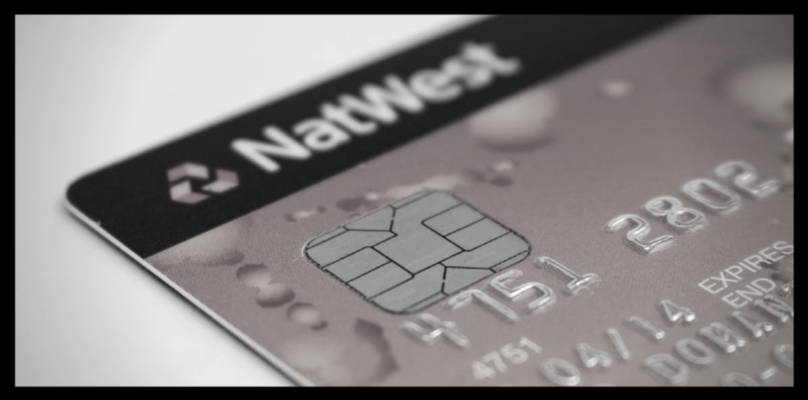Forgery Robots: AI and Identity Theft

Artificial Intelligence is quickly becoming useful in a wide array of industries and fields. What AI can do is evolving incredibly fast on a day to day basis and while some may think that fearing the “rise of machines” is a bit over the top, the advent of artificial intelligence does indeed pose some serious concerns. Now with AI at our fingertips we can analyse massive amounts of data and information and use it to predict outcomes, but it can also be used to forge and mislead. AI forgery is a serious concern and perhaps something not to be laughed at.
While audio and video forgery has been in the works for some time, the development of more complex AI has spurred it on even further by allowing for some new tools that are both exciting and scary. These new tools could make it so that in the future the way we perceive and consume information is forever changed.
These are some of the new AI-enabled tools, that could see the world change:
Visual
Visual forgery is a tough one to crack, but already researchers at Stanford University and various others are developing amazing capabilities. Currently just through a webcam, their AI software can change facial expressions and an individual’s speech-related mouth movements, and make it look very realistic as well.
Tom White (Victoria University of Design) created “SmileVector”, a Twitter bot that can “make” any celebrity smile. How does it do that? Well it trawls the web for pictures of faces and then it morphs the expressions using a deep-learning neural network.
Another capability is Jeff Clune’s and Evolving AI Lab’s research which is working on image recognition capabilities in reverse. This means that by using neural networks trained in object recognition it can generate artificial images based solely on text description. The neural networks are trained on a database of pictures and once it goes through enough pictures it can then create pictures on command.
Audio
Adobe has been working on a technology called “VoCo” which they deem as the “Photoshop for audio”. It needs a 20 minute audio recording of someone talking and the AI analyses it and then learns how to mimic the speaking style. Then you could essentially type anything out and have the software read it out in that person’s voice.
Lyrebird is another startup doing something very similar as is Google’s Wavenet, but it requires a much bigger data set.
Software such as this will make it extremely easy to override voice security systems. It could be that in 2-3 years audio forgeries will be good enough to fool an untrained ear, and maybe another 5-10 years to fool a forensic analysis.
Identity Theft
Identity theft and technology has been discussed widely in the media of late. The evolution of AI could pose serious risks on this side as well.
For example, there’s an AI algorithm called “My Text in Your Handwriting” which has been developed by a team at University College London. The algorithm only requires a paragraph of handwriting and then it will learn to closely duplicate that person’s writing. This is a basic example of AI forgery, but one that can spell the impact it could have.
Then there’s also Luka, which is an AI-powered memorial chatbot. It can learn everything about a person from their chat logs and then chat with the person’s friends as if they were that person after their death. While its main use is for after a person’s death, it can most certainly be used to steal someone’s identity while they are alive.
How do we fight AI forgery?
The most important question when faced with the misuse of AI is how do we fight it? Well, like with anything, there’s always going to be technological solutions to help.
For example, you will have heard of Blockchain. It’s the technology that secures cryptocurrencies and the most promising solution when it comes to cybersecurity of IoT. Perhaps it can also be used to help with the aforementioned type of forgery? It could be used to create an unshakeable record of when video/audio recordings were created.
Another example could be The Art and Artificial Intelligence Lab at Rutgers University. They are working on developing a neural network that can understand and appreciate art and all the subtle differences in a drawing. That means that it relies on machine learning algorithms to take images and analyse them, quantifying the aspects of it observation. With all this data it can recognize visual patterns in artwork.
Neural networks similar to those just mentioned can be used and trained to detect forged documents, currency notes, etc. They could also be used to suss out fake identities and bots by observing functioning patterns and IP addresses.
It’s safe to say that Artificial Intelligence poses a serious concern for identity theft and forgery. As cool as all this technology is, there also need to be plans/capabilities in place to counteract any negative aspects. It’s exciting to see what the future will bring.
What do you think about AI forgery? How else can we escape it? Let us know in the comments.
If you’re looking for a new role in the MS Dynamics and Salesforce industries click here.
